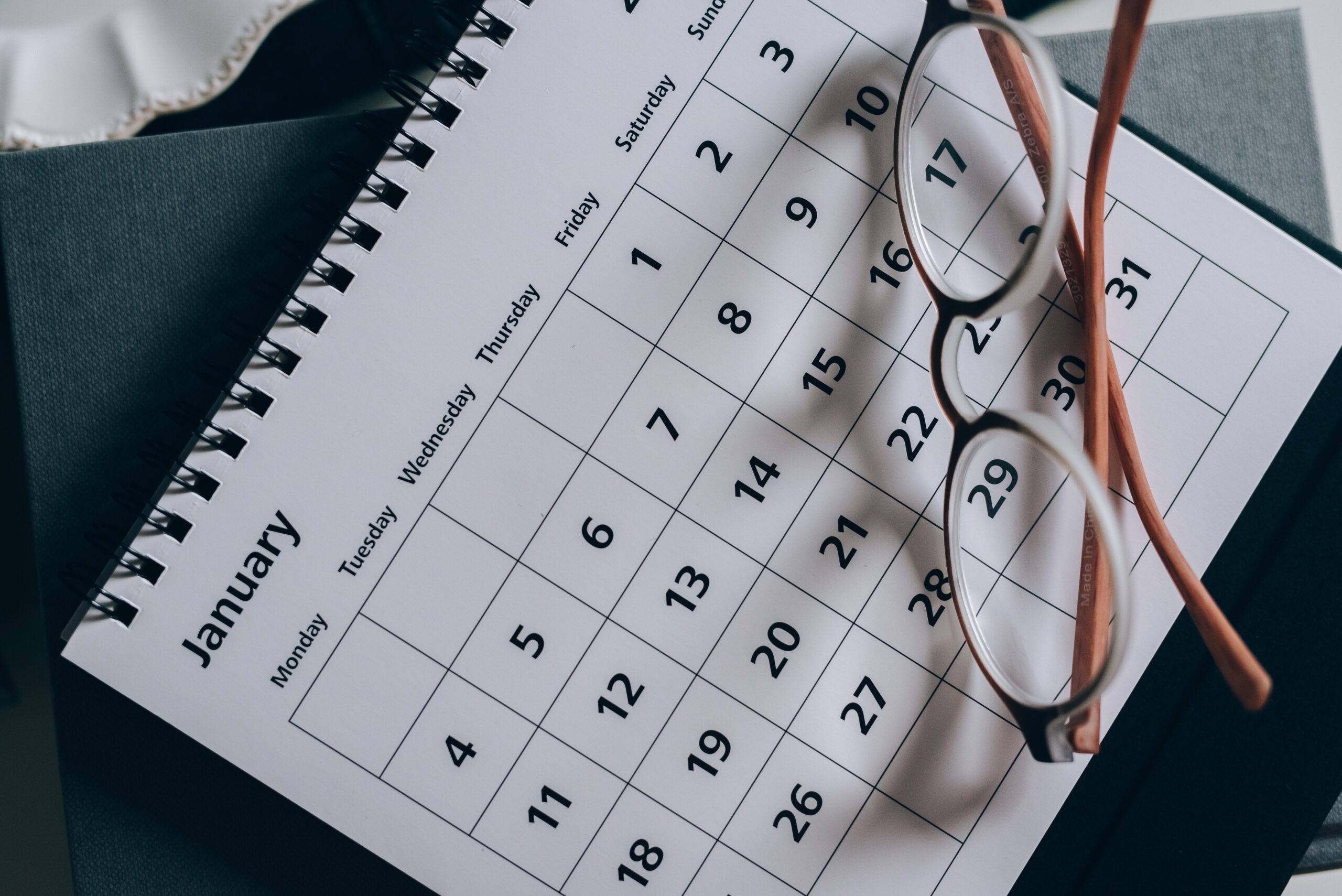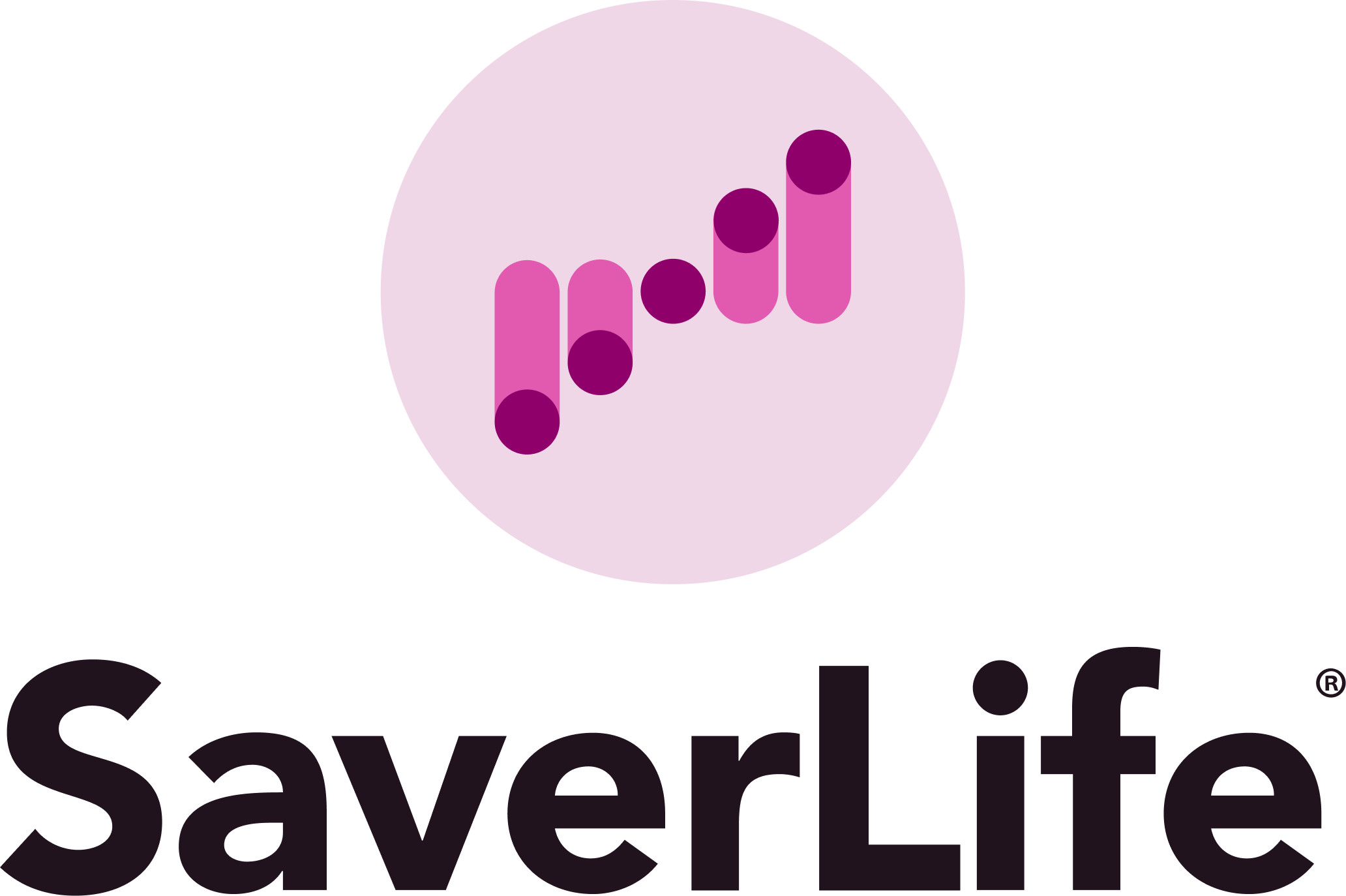Need to Track Your Regular Expenses? Build a Budgeting Calendar

If saving is something you worry about, you’re not alone. More than half of Americans have less than three months of expenses saved in their emergency fund, and a quarter of Americans don’t have any savings. While that may seem overwhelming, you should know that anyone can save, starting by building a plan for spending.
Creating a spending plan or budget is often the first step to saving and is a great way to start building your financial resilience. This doesn’t stop at just listing your expenses, though. A savings plan can include a bunch of different tools, including a budgeting calendar!
So, what the heck is a budgeting calendar? How can you create one, and how can you use one? These are some of the questions we’ll be answering in this guide, so stick around!
What is a budgeting calendar?
A budgeting calendar, as the name suggests, is a monthly map of your money. It shows when you need to pay certain expenses and how they’ll be accounted for. You’ll be able to map out when your paydays are, when your bills are due, and some less frequent costs that occasionally crop up.
Why do I need a budgeting calendar?
A budgeting calendar is all about getting rid of surprises. Planning out your income and expenses each month is a great way to reduce the stress of upcoming bills and give you time to plan for them. When you time out your spending, you’ll make payments on time, so you’re not charged late fees or seeing dips in your credit score.
For example, utility bills fluctuate, and you may have a hefty electric bill coming up because this summer was unusually hot. Without a budgeting calendar, this unexpected extra expense might throw you for a loop. But, the beauty of a budgeting calendar allows you to adjust spending elsewhere or use rolled-over savings from last month to cover the expense.
A budgeting calendar is your budget’s best friend. The two work hand-in-hand to save you from the turmoil of remembering important payment dates and help you plan ahead.
What do I need to create a budgeting calendar?
A calendar is a good place to start, of course. You can buy a calendar you like or print a free one out online. Make sure your calendar has enough space to write out some payments and a notes section where you can put down your goals.
You’ll also need something to write with. It’s a really good idea to color code your expenses to keep them organized, so get some colored pencils, markers, or highlighters.
If paper isn’t your style, you can keep your calendar on your phone. This way, your budgeting calendar is always accessible, regardless of where you are. You can also use a whiteboard to easily update each month and share with the whole household.
You’ll also want to have your budget ready if you’ve already made one.
Keep recent bills and bank statements around for reference. Having these mapped out beforehand saves you some time and can get you started on planning for automatic payments.
How do I make one?
Start by listing fixed expenses, the payments that don’t change month-to-month. This includes rent, certain fixed bills, loan payments, and credit card payment due dates. Remember to put down all your autopayments! These can be things like automated utility bills and subscriptions. You don’t want to be surprised by these, either.
Consider some other planned expenses. If you have a typical day during the week when you go grocery shopping or go to the laundromat, write these down. You can also jot down birthdays or events so you can shop ahead for any gifts or plan travel costs.
At the very top of your calendar, write down your earnings for the month. Next to each payment, write down what you owe. If you’re doing a savings challenge or plan to save a fixed amount each week or month, put down the amount you plan to save in big, bold letters.
If you’re color coding, make each payment method its own color. For example, use green for your debit card, purple for your partner’s card, or red for your credit card. Highlight each expense in the color that corresponds to the payment method you will use to account for that bill.
Tips for staying financially resilient month to month
While thinking about monthly expenses, you may be looking for some ways to stay strong each month. Having a budgeting calendar is fantastic when used in conjunction with healthy spending habits. Here are some tips for staying financially resilient throughout the year.
Use what you have before borrowing
It may be easy to put everything on your credit card, but it’s better to use what you have rather than owing a credit card company. By keeping credit card balances low and paying them as you go, it’s easier to keep your credit score up and plan out the money you actually have. Plus, you save on interest payments!
When you have bills coming up, pull from your checking and savings first when it’s possible. When you use your credit card, you’re just saving that payment for later. You’ll have to pay someone eventually, so why not pay directly?
When you limit the amount you spend on your credit card, you can use it for smaller expenses that crop up or for totals that you can be more flexible with. Remember, if your credit card bill is so high that you carry a balance forward to the next month, you’ll owe more in interest, which is money you never get back or use to buy anything.
Plus, by keeping most of your spending in your checking account, you’ll keep better track of your balance each month.
Minimize unexpected expenses
It’s easier said than done to expect the unexpected. Creating a budgeting plan is all about preparing as much as you can for whatever lies ahead.
It’s easy to estimate what you spend in different categories, but it’s made simpler when you help yourself by minimizing unexpected expenses.
Food, for example, is a totally necessary spend category (we live to eat, after all!), but it may vary from month to month. However, there are strategies you can use to make spending in this category more predictable and manageable. Try creating a meal plan for your daily meals or making grocery lists before you get to the store, so you avoid shopping with your stomach and eyes rather than your budget.
If you have a birthday or special occasion coming up, plan your spending on gifts ahead of time. With a budgeting calendar, you’ll know exactly when those are coming up. Use that time to buy gifts early or get a good deal on travel expenses like your flight and accommodations.
As you’re writing out your monthly calendar, you’ll notice a lot of subscriptions and wonder, “Wait, why do I still have this?” Subscriptions may end up being unnecessary expenses whose money can be better used elsewhere. Cut back where you can, and when you’re ready to renew, you’ll be welcome to sign up again.
Pay yourself first
Congrats! You’ve put in the work, and you have some extra money at the end of the month.
Hold up! Before you spend it just because you have it, put some aside for future goals or emergencies.
Set it aside for saving or roll it over for the next month. Your future self will thank you.
By making saving a routine that you can stick to, you can help yourself accumulate more savings over time. This will result in more flexibility with expenses down the road. Any money you have left over can be used to boost your savings, and if it’s consistent, you may consider upping your saving goals per month.
SaverLife can help you meet monthly saving goals
Your budgeting calendar is just another tool in your saving toolbox. You’ll be amazed at how little changes in your spending can help you reach those once lofty goals.
Since you’re already starting your saving journey, get all the help you can! Try SaverLife. SaverLife is a free app that rewards you for putting aside money toward your future. Every time you save, you’ll earn points that you can put toward cash rewards. There are also monthly saving challenges you can take advantage of, perfect for your budgeting calendar! Try out Saverlife today!

SaverLife is a nonprofit organization dedicated to helping people improve their financial health. Through savings challenges, personalized tips, and trusted resources, we empower people to build stronger financial futures.
